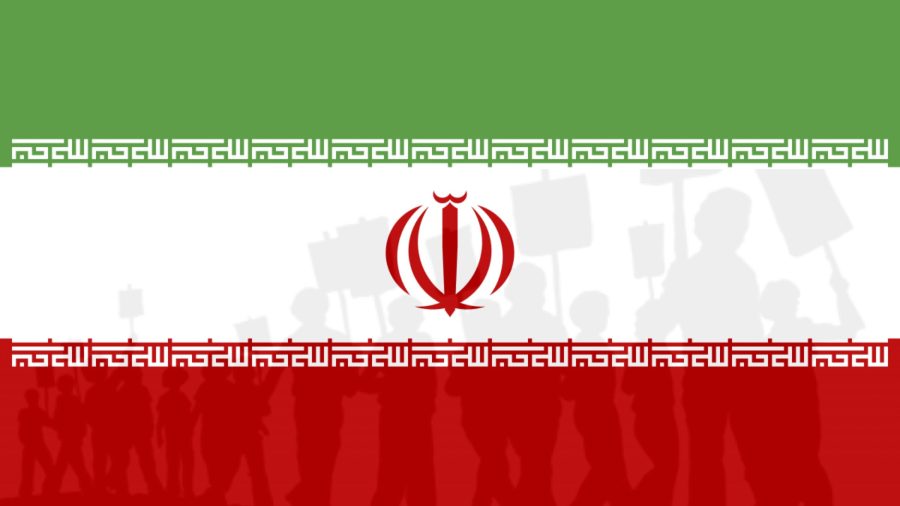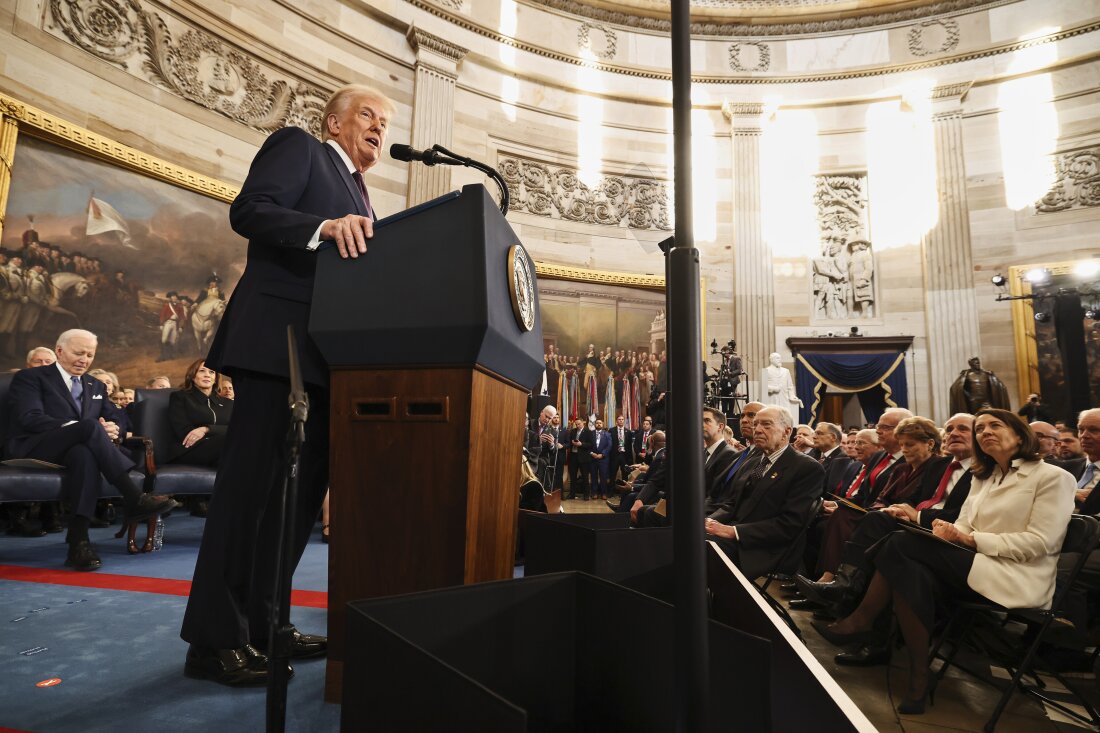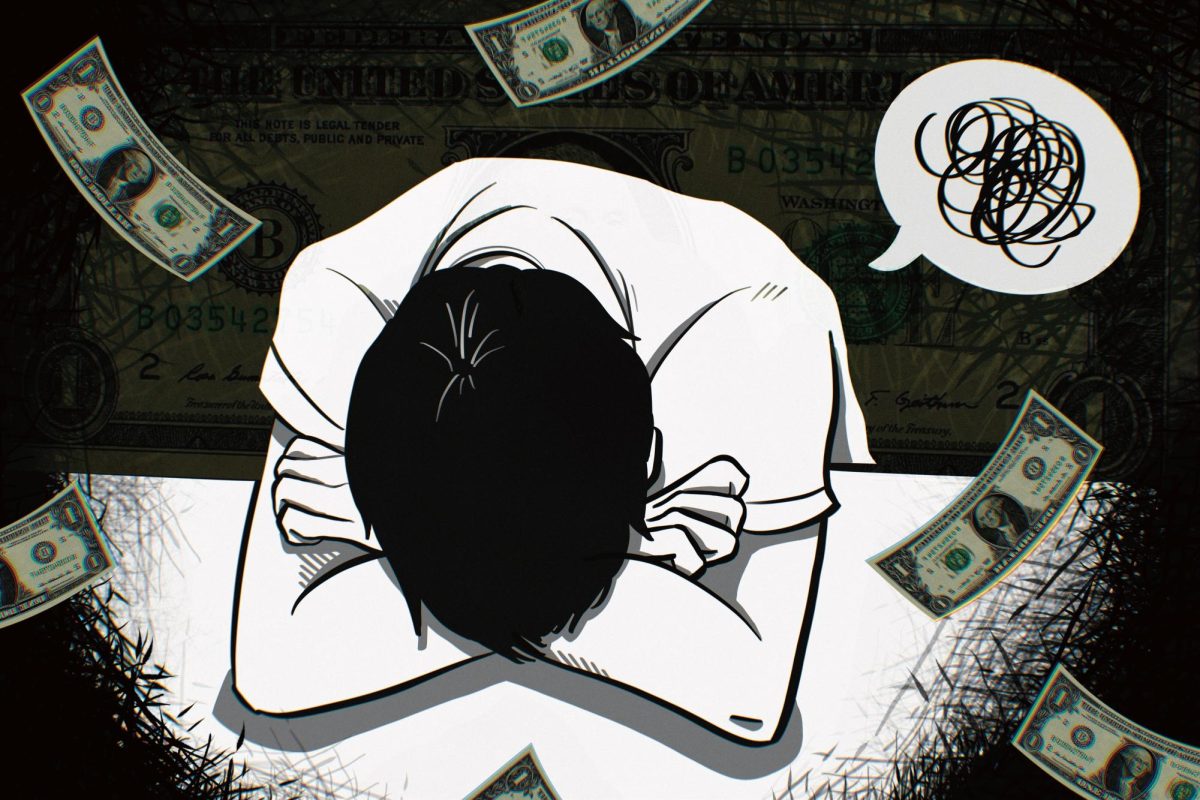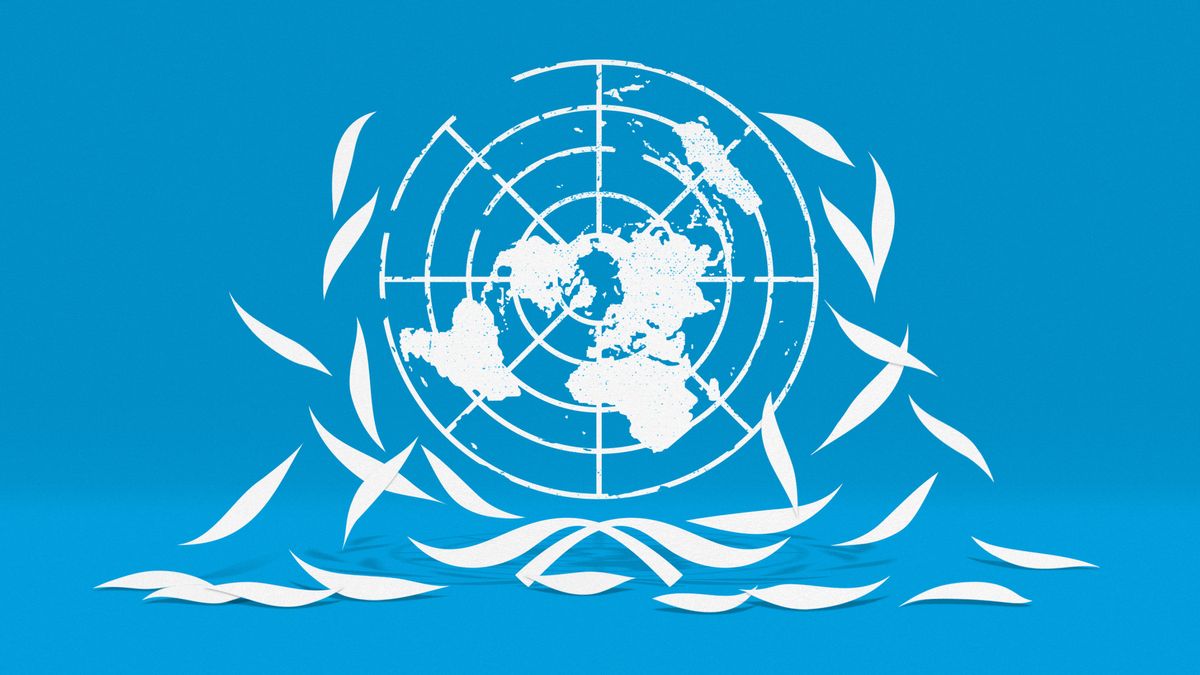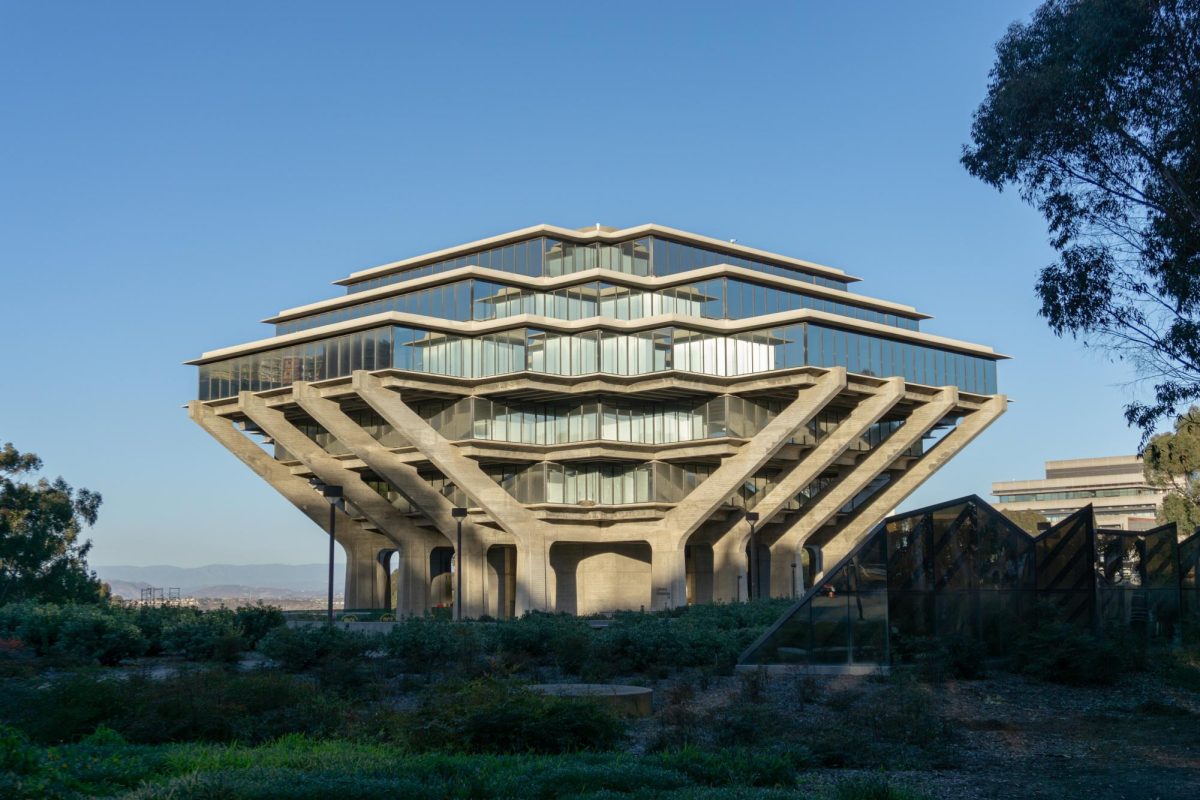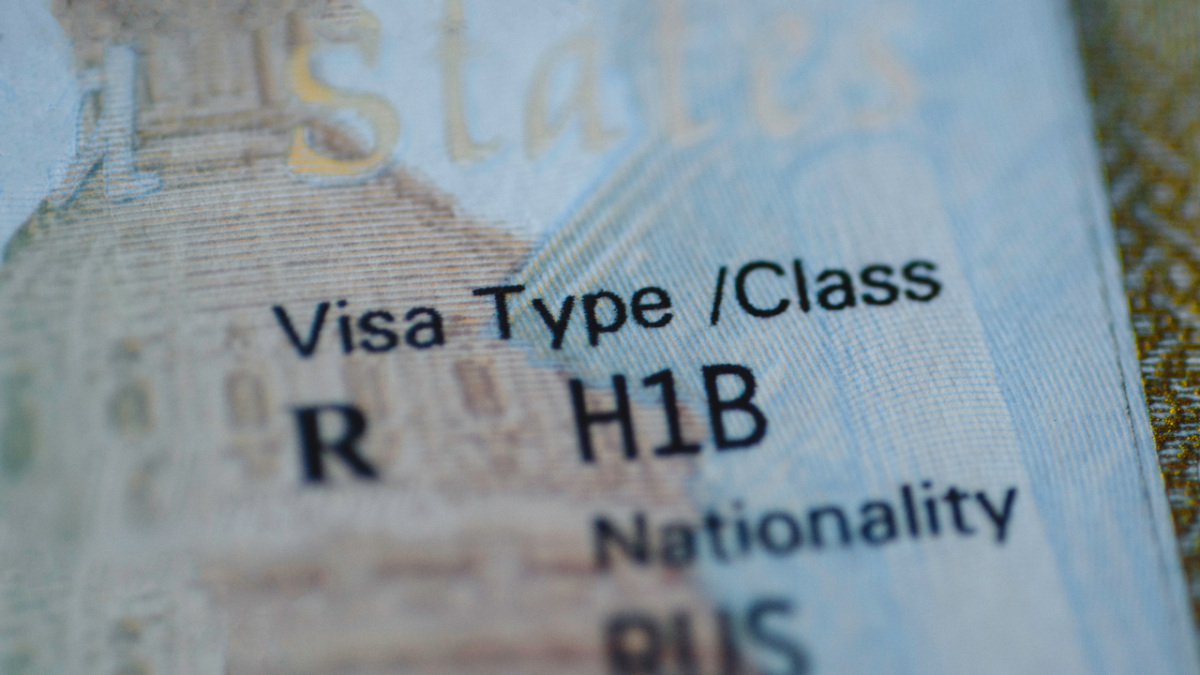It’s safe to say 2020 has not been a great start to the decade. Three days into the new year, people across the world began panicking about the start of World War III. On Jan. 3 an airstrike at Baghdad International Airport killed General Qasem Soleimani and nine others. President Donald Trump’s decision to kill Soleimani raised fears about a war between Iran and the United States. In retaliation, Iran fired more than a dozen ballistic missiles at military bases in Iraq. There were no casualties in this attack and both countries have since stated that they don’t seek war.
Soleimani’s death has started a great chain of events that have completely changed the nature of U.S.-Iran relations as well as the environment in Iran. This past week, Iranians have gone through a rollercoaster of emotions. Within a matter of five days, Iran shifted its focus from mourning for Soleimani to mourning the lost lives of the passengers on Ukranian flight 752. On Jan. 8, a Ukranian International Airline plane crashed, killing all 176 passengers and crew members. After three days of denying responsibility for the crash, Iran admitted “due to human error” they fired missiles that caused the plane to crash. They mistook the plane for cruise missiles during a period of heightened tensions with the U.S. In Iran, sorrow soon turned into anger as protests have erupted all across the country. Protesters are infuriated and saddened with the irresponsibility of Iranian officials.
Initially, it seemed as if Soleimani’s death would unite Iranians around its leaders. It was scary to think that fear about an Iran-U.S. war would empower Iran’s oppressive regime. Among my own family and friends, many posted Soleimani’s picture along with their condolences. They also spoke as if they were more approving of Iran’s leaders, even though they had been highly critical of them before. As of now, it looks as if those sentiments have changed as seen in the nationwide protests regarding the plane crash. Videos of crowds shouting, “Commander-in-chief resign, resign” and “Death to the Dictator,”referring to the supreme leader of Iran, Ayatollah Ali Khamenei, have overtaken social media platforms. While it’s exciting to see Iranians standing up against the ruthless regime, the path that it took for them to reach this stage is overwhelmingly sad, with the lost lives of 176 people and their families.
The protests taking place right now are not an isolated event. While many Americans envision crowds of people chanting “Death to America” and the burning of American flags when they picture Iran, many Iranians are not like that. They are unhappy with the current state of Iran with its unemployment rate at 17 percent, a long running recession, shrinkage in trade, and corrupt government officials. There are larger issues at hand including Iran’s internet censorship as well. In November 2019, Iran experienced its deadliest wave of anti-government protests in 40 years. The protests began due to a 300-percent increase in gas prices and soon evolved to demonstrators calling for an end to the current regime and many of its leaders. After the protests, videos began pouring out of the country of security forces opening fire on crowds of protesters, leaving hundreds dead and thousands wounded. The death toll is unclear with the government withholding the numbers, but the UN Human Rights Office estimates 208 people were killed while others suggest numbers as high as 1,500. Security forces shot at masses of unarmed protesters from rooftops and helicopters, proving that the Iranian government will go to any length to silence any opposition.
With that in mind, the Iranian government has not yet reacted to the current protests. Their own citizens are shouting for their demise. However their range of motion is more limited with the international community’s attention turned toward them. If Iranian officials choose to shoot at protesters again, as Trump said, “the world is watching,” and they may face harsh reactions as many countries are still focused on Iran following Soleimani’s death. But wasn’t the world watching during the November protests? Yet the Iranian government was still able to get away with the murder of hundreds of people who only desired the basic human right to freedom of speech. While this was happening, the rest of the world failed to pay any attention. I watched videos published by activists on Instagram, but here in the U.S. I had difficulty finding coverage of the protest on news outlets. Ignoring these protests will never allow people outside of Iran to realize that the Iranian people do not hate America. Iran is not the same country that it was during the hostage crisis. Protesters right now are chanting to let both the Iranian regime and the rest of the world know that, “They are lying that our enemy is America, our enemy is right here.” Many Iranians are fed up with the inadequacy and the violent nature of their government.
It’s unclear if these protests will bring about any change. It’s possible they will be successful and a regime change will take place in Iran, making the world a safer place. However, it’s much more likely that the protesters will be silenced again. But if that is the case, will the world even notice the Iranian regime suffocating the voice of 80 million people who want them gone?
– S
The UCSD Student who authored this article, who prefers to go by S, asked that this article be kept anonymous out of concern for the safety of their family and friends in Iran.
Graphic made by Geena L. Roberts.


